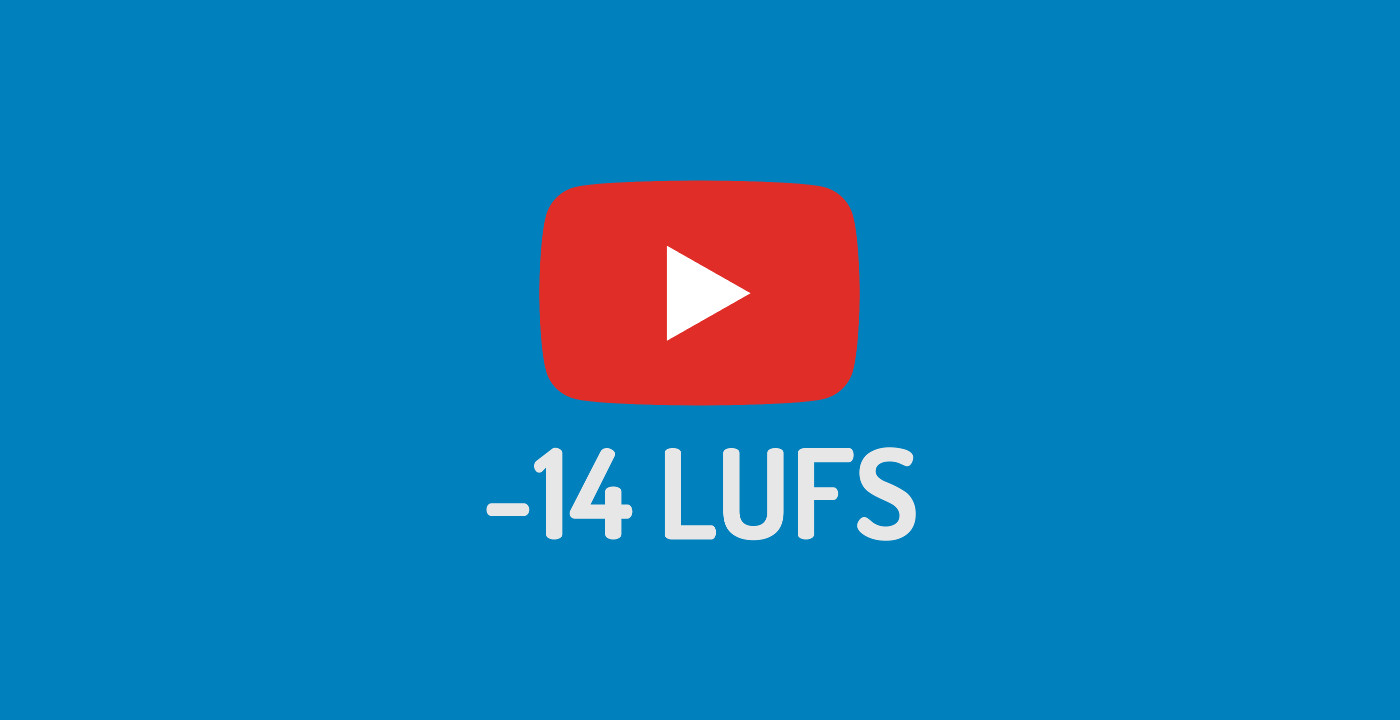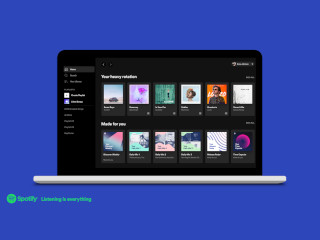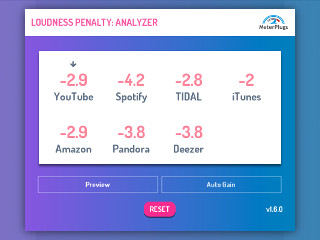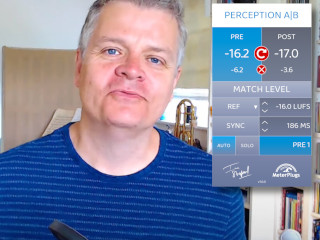This. Changes. Everything.
Well, OK, not really. But something important did change last week: YouTube quietly changed their playback reference level to -14 LUFS.
Wait, WHAT?!
Weren’t they already doing that?
No.
YouTube has been using loudness normalization for years now, but until recently they weren’t using LUFS. In practise the results were likely to be similar, but the actual values revealed in their Stats for nerds information could sometimes be different by as much as 3 dB, in some cases. (Which is why you might have been surprised sometimes if you were aiming for -14 LUFS!)
From now, it’s simpler and easier.
TIDAL, Amazon Music and YouTube are all now using the same method to measure loudness, and aiming for the same reference level as well - and that’s great news!
Loudness normalization gives a better user experience, but it can be tough to get your head around. The more consistency and predictability we can get between platforms, the easier it gets to work with, which can only be a good thing.
So, does this mean you should start mastering everything to -14 LUFS, then?
In a word: no.
As I wrote last month when I reported that Amazon Music have started using normalization, aiming for LUFS targets doesn’t always work well. Partly because some streaming services still aren’t using LUFS yet - noticeably Spotify - but also, no-one would normally master a heavy rock tune at the same loudness as an acoustic ballad, so why would we start now? The streaming services do the normalization so we don’t have to.
It does make sense to understand what will happen on the various streaming sites, though - for three reasons:
- It means you can preview things at their normalized loudness to be sure how they’ll sound in comparison to everything else. In particular, some sites (including YouTube and TIDAL) don’t turn quieter songs up. This means that if something is below their reference level, it may sound quieter than you’d like.
- It’s worth checking that a platform like Spotify isn’t unexpectedly turning down loud songs further than other sites
- Personally if I see something being turned down more than a dB or two, I can’t help feeling curious about how it might sound with a little more room to breathe. And in my experience, it’s usually an experiment worth trying.
Summary
Love it or hate it, normalization is here to stay, and it’s not going away. Anyone who provides audio for online streaming services needs to understand how it works, and how it affects the music they work on.
It’s still early days, but normalization is improving all the time, becoming more effective, more consistent and more predictable. You can experiment with the effects of this on your own music yourself for free, at the www.loudnesspenalty.com website we’ve created - and we’ve already updated it to reflect YouTube’s new reference level.
We’ll continue to monitor the situation in future and keep you posted, but meanwhile the good news is that normalization is already making it possible to master music with great dynamics, without worrying about the need to “compete” in the “loudness war” as we used to - and focus on the really important stuff: what’s best for the music!





